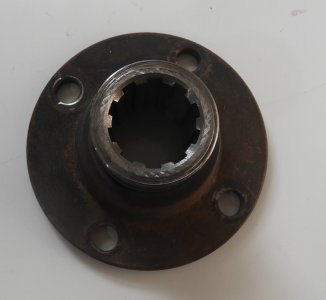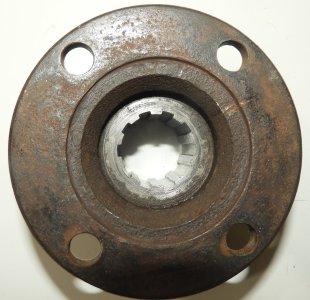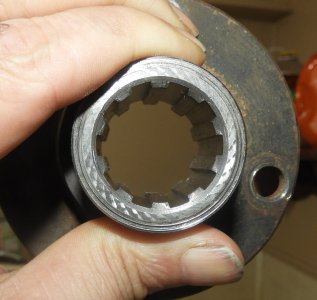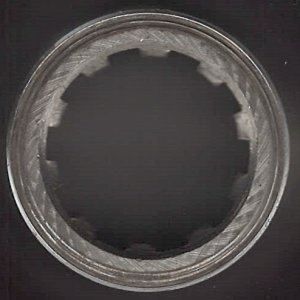Matt-Aburg
Ultra Member
I have two parts that need services I cannot provide. All shops around here will not touch it due to building tooling for Electric Automobiles. The shaft requires a male spline and Key seat, and cylindrical grinding. The coupler requires internal spline cut. The Griffith shop requires 6 sets immediately, with this an ongoing repeat job. I could bump this up to minimum 10 each.
I only have pictures now. A drawing will be made after I get the shop to remove the bearings off the scored shaft. Material must be Heat-treated to 48 RC. I will do research on best material based on what its function is.. At least 4140.
I only have pictures now. A drawing will be made after I get the shop to remove the bearings off the scored shaft. Material must be Heat-treated to 48 RC. I will do research on best material based on what its function is.. At least 4140.
Attachments
Last edited:








